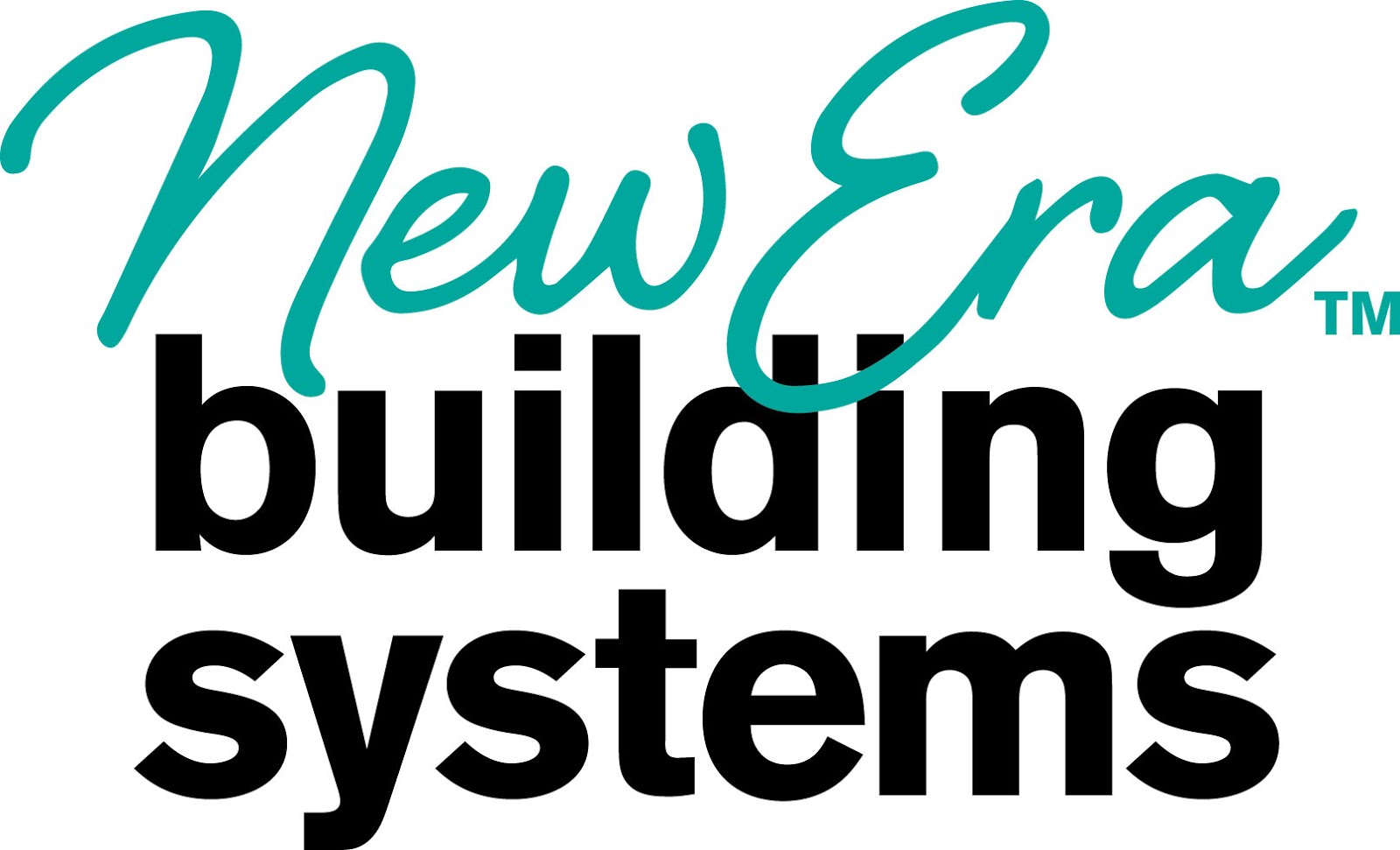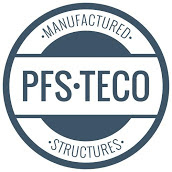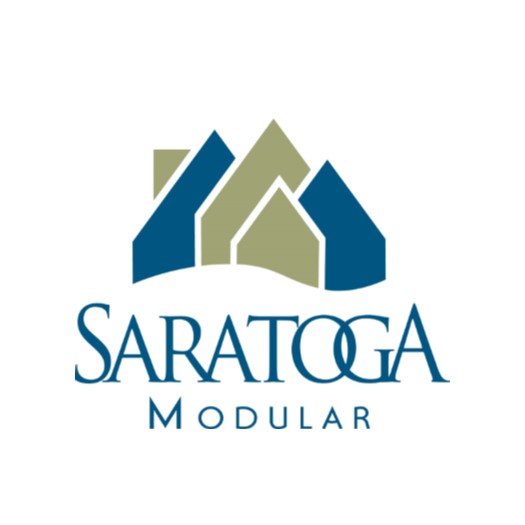Across the country, the shortage of teachers is not only a question of recruitment and pay—it’s increasingly a housing issue. Educators are being squeezed out of the very communities they’re supposed to serve, and it’s undermining retention, stability, and the quality of education. A recent article titled “America’s teachers are being priced out of their communities — these cities are building subsidized housing to lure them back” highlights how some districts are responding.
When we consider the potential for accessory dwelling units (ADUs) and other off-site, modular, or factory-built housing solutions in the affordable housing realm, teacher housing emerges as a compelling intersection: an urgent social need aligned with housing innovation. Let’s explore why we need new teacher-housing models, how they could help solve the teacher shortage, and how ADU and affordable-housing strategies can respond.
Why Teacher Housing Matters
Teachers across the country are losing access to the very communities they serve. In many regions, salaries have not kept pace with skyrocketing housing costs. Some districts report that teachers now make about five percent less on average than a decade ago when adjusted for inflation, while the cost of housing continues to rise. As a result, teachers are increasingly priced out of their neighborhoods and forced to commute long distances or leave the profession entirely. Some districts are now building subsidized housing in an effort to lure educators back and rebuild stability in their schools.

Housing instability affects not just teachers but students as well. Long commutes and financial strain create fatigue, burnout, and turnover. A teacher living an hour away may lose valuable time that could otherwise be spent preparing lessons or participating in after-school programs. When housing is unstable, educators are less likely to feel rooted in the community, less engaged with families, and more inclined to seek work elsewhere.
Schools and districts are feeling the operational impact of these conditions. High turnover means less continuity in classrooms, fewer experienced teachers, and more substitutes filling the gaps. To address this, some districts are dedicating school-owned or district-owned land to build housing specifically for teachers, turning real estate into part of the teacher-supply strategy. Yet in high-cost regions, even these housing projects can struggle to match the affordability gap that keeps teachers on the move.
How Teacher Housing Could Help Address the Shortage
Teacher housing offers a direct way to make teaching locally viable again. When teachers can afford to live in the same community where they work, the barriers to taking and staying in the job diminish. Reducing commute times and easing financial stress increases teacher satisfaction and retention, while also making the profession more attractive to new candidates.
Providing access to affordable housing can also become a major recruitment advantage. Districts that offer housing as part of their employment package can stand out in competitive labor markets. For many, housing is as valuable as a salary increase—especially in regions where homeownership or even renting feels out of reach.
The benefits go beyond logistics. Teachers who live in their school communities are more likely to stay long term, understand local dynamics, and build meaningful relationships with students and families. This deeper sense of belonging strengthens community ties and creates a virtuous cycle of stability, engagement, and trust.
Finally, housing can become a smart use of under-utilized public land. Many school districts already own unused parcels or older buildings that could be repurposed. Offsite construction methods—including modular or factory-built housing—allow for faster, more affordable development with minimal disruption to school operations.
Wendy’s Village
Wendy’s Village is an innovative affordable housing project in Colorado Springs, Colorado, created through a partnership between Harrison School District 2 and the nonprofit organization We Fortify. Designed specifically to attract and retain teachers, the community provides low-cost, one-bedroom apartments at just $825 per month, with both the first and last month’s rent waived to ease the initial financial burden. The first homes were completed in July 2025, marking a significant step toward solving the teacher housing shortage in the area and offering educators an opportunity to live closer to the schools and communities they serve.

The $6.5 million project was structured so that the school district did not need to raise additional funds or rely on taxpayer money. Instead, We Fortify’s nonprofit model allowed the development to proceed without burdening local budgets, demonstrating how public-private partnerships can tackle critical workforce housing challenges. By aligning the needs of the education sector with innovative funding and construction approaches, Wendy’s Village stands as a model for other districts seeking sustainable, community-centered solutions to the growing teacher recruitment and retention crisis.
Connecting ADUs / Off-site Construction & Teacher Housing
Accessory Dwelling Units and offsite modular systems are natural allies in the effort to provide affordable teacher housing. In neighborhoods near schools, ADUs can be created by homeowners or districts to serve as small rental units designated for teachers. These compact homes blend seamlessly into existing communities, offering affordability and convenience without large-scale development.
Factory-built modular units could take the concept even further. Imagine clusters of modern, well-designed apartments or townhomes for teachers assembled on district-owned land using precision manufacturing methods. With rapid deployment and cost efficiency, these solutions could deliver much-needed housing in months instead of years.
The modular industry could also adapt its micro-factory and licensing models to this cause. Companies already developing panelized and prefabricated systems for affordable housing could dedicate part of their capacity to teacher housing initiatives. This kind of partnership between school districts and innovative construction companies would demonstrate how offsite manufacturing can address both workforce and community challenges simultaneously.
Teacher housing, in essence, is workforce housing—affordable homes for essential workers who keep our communities running. As cities expand their definitions of affordable housing, educators deserve to be at the center of that conversation.
Some Actionable Steps
School districts should begin by identifying under-used land and property that can be converted into housing. Parking lots, surplus parcels, or older administrative buildings often represent opportunities to build without competing for scarce private land.
Municipalities can also encourage ADU programs that specifically support teachers. Fast-tracking permits or offering tax incentives for homeowners who rent ADUs to teachers could quickly expand the supply of affordable units near schools.
At the same time, the off-site construction industry should make the case for modular housing as the most efficient path forward. By building units in controlled factory environments, developers can control costs, shorten construction timelines, and reduce disruption. These factors are critical when school districts need solutions that are both affordable and fast to deliver.
Districts could then integrate housing options into their recruitment materials, making “live where you teach” part of the job’s appeal. Tracking teacher retention rates before and after implementing housing solutions would help measure impact and justify expansion.
Finally, policymakers and local leaders must recognize that teacher housing is not a luxury—it’s essential infrastructure. Teachers are a vital part of every community, and stable, affordable housing for them should be considered a public investment in educational quality.
My Thoughts on the Subject
The teacher shortage is no longer just about low pay or professional recognition—it’s about place. Teachers need to live in the communities they serve to be effective, grounded, and committed. Housing is the missing piece in many local teacher-workforce strategies.
For professionals working in off-site construction, ADUs, modular factories, and affordable-housing innovation, teacher housing presents a unique, high-impact niche. It aligns with broader affordable-housing goals and offers a clear social return—improving education outcomes, stabilizing communities, and enabling the workforce on which schools depend.
.
With over 9,000 published articles on modular and offsite construction, Gary Fleisher remains one of the most trusted voices in the industry.
.

CLICK HERE to read the latest edition

Contact Gary Fleisher












